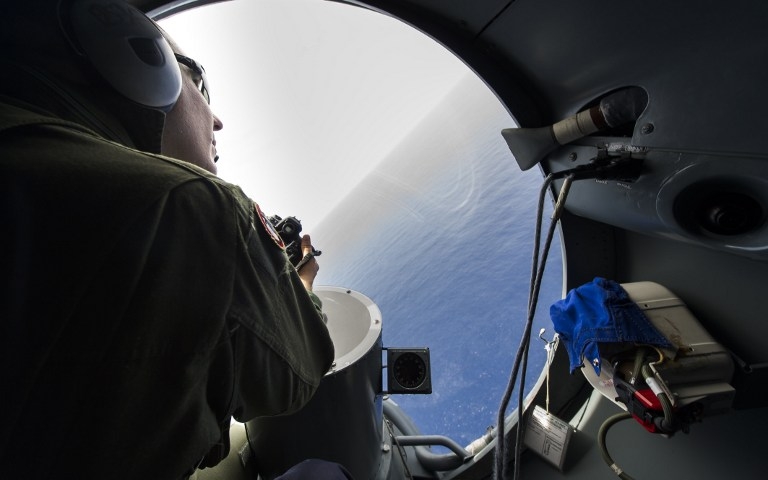EgyptAir black box signals will soon cease

Signals from the black boxes of the EgyptAir plane that crashed into the Mediterranean on 19 May will stop operating in 11 days, the Egyptian board of inquiry said on Monday.
What caused the Airbus A320 from Paris to Cairo to go down, killing all 66 people on board, remains a mystery.
The sea where it crashed is believed to be about 3,000 metres (10,000 feet) deep, and its flight data recorder and cockpit voice recorder should have had enough battery power to emit signals for four to five weeks.
On Monday, a statement from the commission of inquiry issued by the civil aviation ministry said the signals would continue until 24 June.
The statement also said Egyptian investigators had agreed to a US request for its National Transportation Safety Board to rake part in the inquiry.
Egyptian investigators also confirmed what had already been reported by Greek officials, that the aircraft had made a 90-degree left turn followed by a 360-degree turn to the right before disappearing from radar screens.
The French research vessel "John Lethbridge" arrived in Egypt on 9 June to join the search for the aircraft which came down between the Greek island of Crete and Egypt.
A French navy vessel using deep-water listening devices picked up signals from one of the black boxes on 1 June.
Egypt initially suspected the aircraft was brought down by an attack, but it is now thought the crash may have been caused by a technical fault.
Automatic alerts sent by the Airbus indicated smoke in the cabin and a fault in the flight control unit.
The crash happened seven months after the bombing of a Russian airliner over Egypt's restive Sinai Peninsula in October that killed all 224 people on board.
The Islamic State group claimed responsibility for that attack. There has been no such claim over the EgyptAir crash.
Middle East Eye propose une couverture et une analyse indépendantes et incomparables du Moyen-Orient, de l’Afrique du Nord et d’autres régions du monde. Pour en savoir plus sur la reprise de ce contenu et les frais qui s’appliquent, veuillez remplir ce formulaire [en anglais]. Pour en savoir plus sur MEE, cliquez ici [en anglais].




